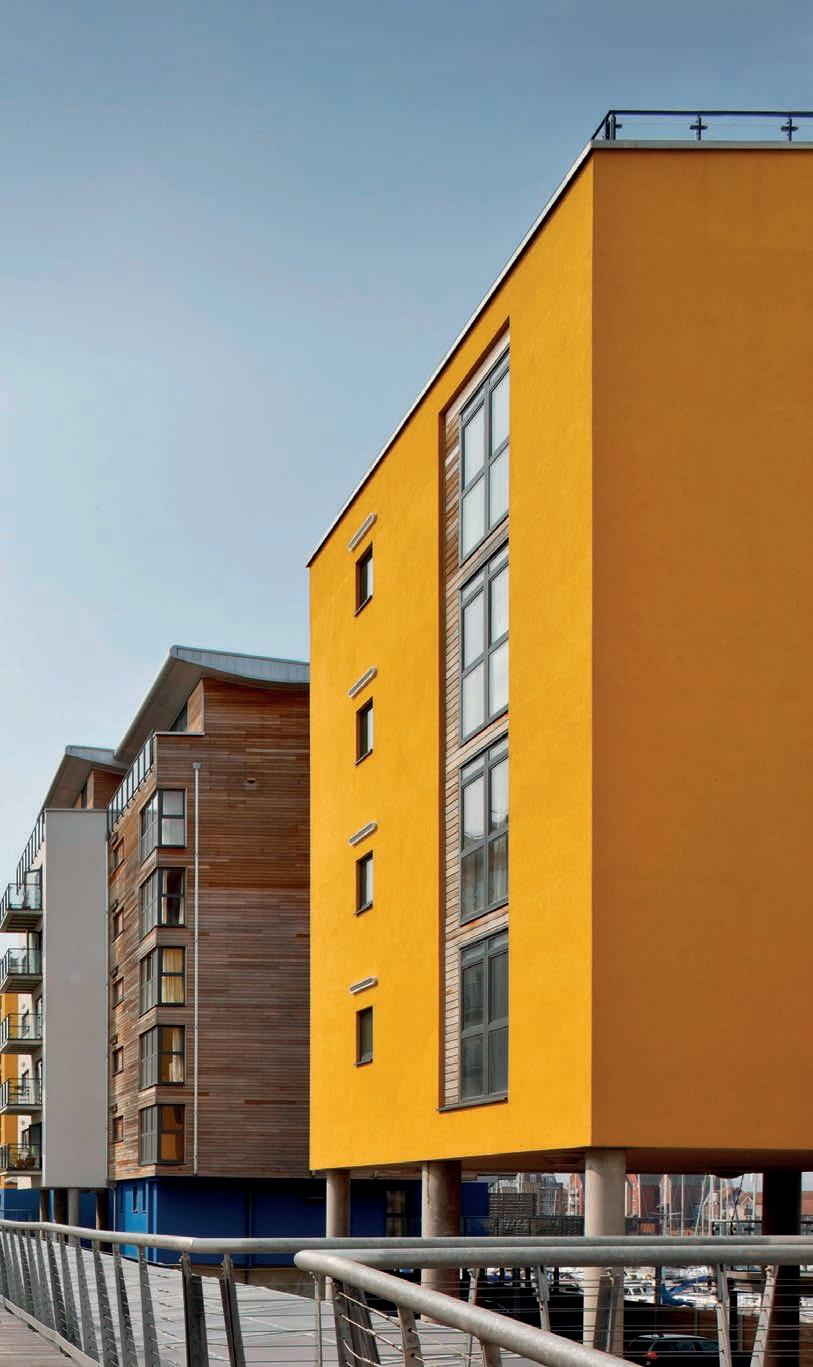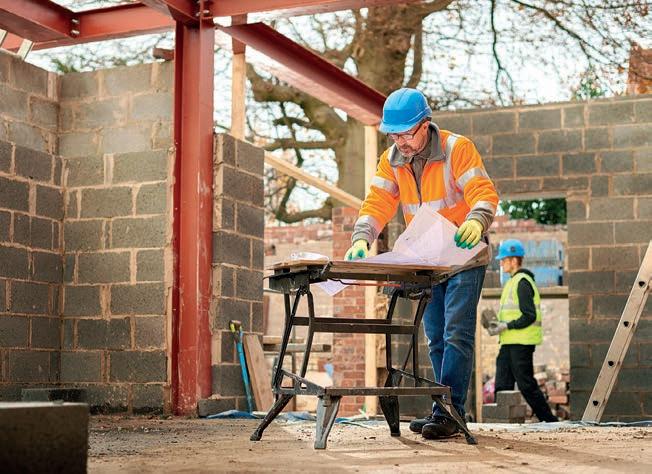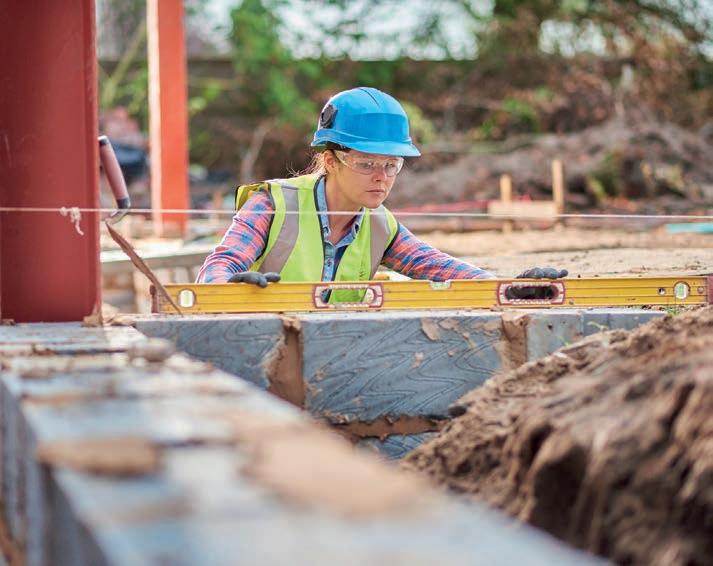INTELLIGENCE
BUILDING ENGINEER
16
Acoustic Verification Scheme For FIS, the journey to the acoustic verification process began with operable walls and instances where these walls were not performing in the way that was expected, leading to disputes. Investigations revealed that this was partly due to the installation process and the fact that these partitions are often dismantled and re-erected by non-trained staff. If the acoustic seals are not exactly right, acoustical integrity can be compromised by leakage and flanking sound coming through. FIS also found evidence of falsification. In some cases, interrogation of test reports revealed that manufacturers were testing an operable wall like a normal fixed partition and physically sealing every
16-17 AcousticVSBE Jan 2021_Building Engineer.indd 16
Sound advice Joe Cilia, Technical Director at the Finishes & Interiors Sector (FIS), considers how designers and specifiers can use the Acoustic Verification Scheme to specify products with confidence
joint during the test process. For realistic results a product should be operated five times before the test commences to demonstrate it is completely operable. The Acoustic Verification Scheme provided a method by which independent acoustic consultant Cundall verified acoustic test data. FIS was then able to provide assurances that the test evidence being presented was accurate. For contractors such as Wilmott Dixon, the verification scheme meant they could specify manufacturers in confidence that it was a level playing field; products had been tested in the same way and had comparable figures. As a result, the contractor is only using operable walls that have met the requirements of the scheme. Kevin Dundas at Wilmott Dixon noted: “There is a growing understanding of the intrinsic link between good acoustic management and wellbeing for
IMAGE: GETTY IMAGES
JANUARY 2021
T
he importance of a product’s acoustic performance cannot be understated and is one of the keys to the success of any workplace design. All too often products are tested in different ways, and difficulties in comparing evidence leaves room for performance to be exaggerated. This can lead to poor acoustics, impacting employees’ wellbeing and their ability to concentrate, work collaboratively and productively, and even lead to vital information leaking. How then can specifiers compare products like for like and ensure they are creating an environment that manages noise? To eliminate confusion and concerns, the Finishes & Interiors Sector (FIS) has created the Acoustic Verification Scheme to standardise performance data for partitions and operable walls. For specifiers, creating the ideal acoustic environment can be challenging, which is why it’s important to consider the acoustic needs of the interior office space early in the design process. Sound can be controlled either through absorption, which deals with reverberation within the space and makes it a better place to work in, and through insulation, which deals with the control of sound from one space to another. Hard reflective surfaces in office buildings, such as glass, concrete and plaster, will require specifiers to counter that with sound-absorbing products, such as ceilings, rafts and wall panels, to reduce reverberation and dampen unpleasant noises in the environment. The sound absorption properties of these materials depend on the way in which they are installed. For example, if products are tested with a void behind them, but installed directly against the slab or a wall, this will have a detrimental impact on the absorption performance on-site. A common source of noise disturbance is the transmission of sound through walls or floors. Poor sound insulation (also referred to as attenuation) between adjacent rooms will result in disturbance and a loss of privacy. Partitions and cavity barriers are generally used for sound insulation and provide privacy or a division from a noisy and potentially disturbing activity. The only way a specifier can evaluate and compare the performance of two products is by looking at the data provided to them. They need to be able to understand the acoustic claims, what conditions the products should be installed and ensure that the results aren’t misleading.
10/12/2020 15:00















